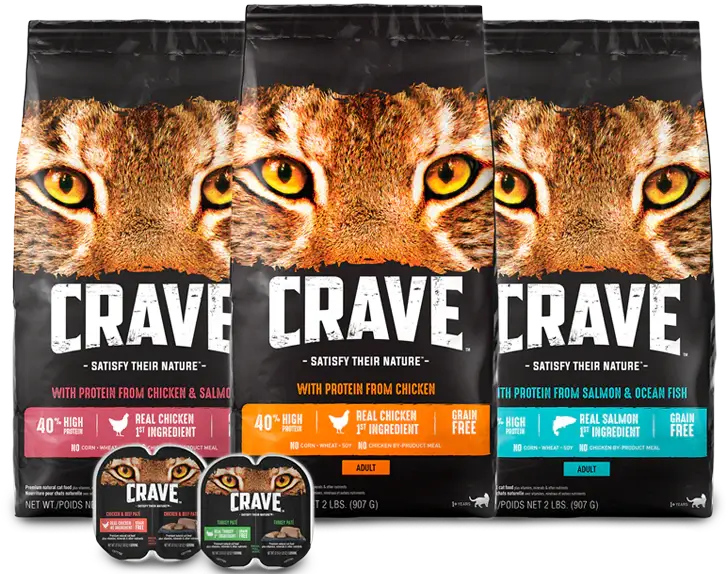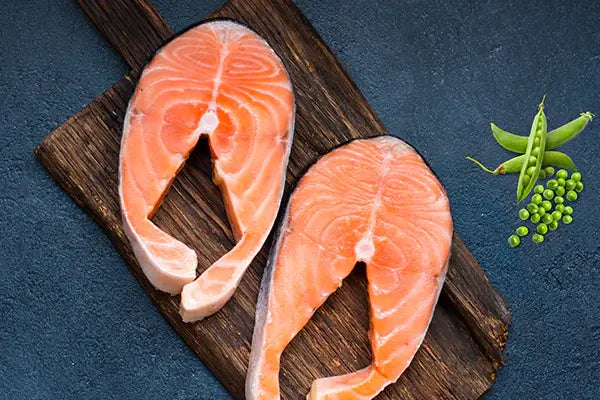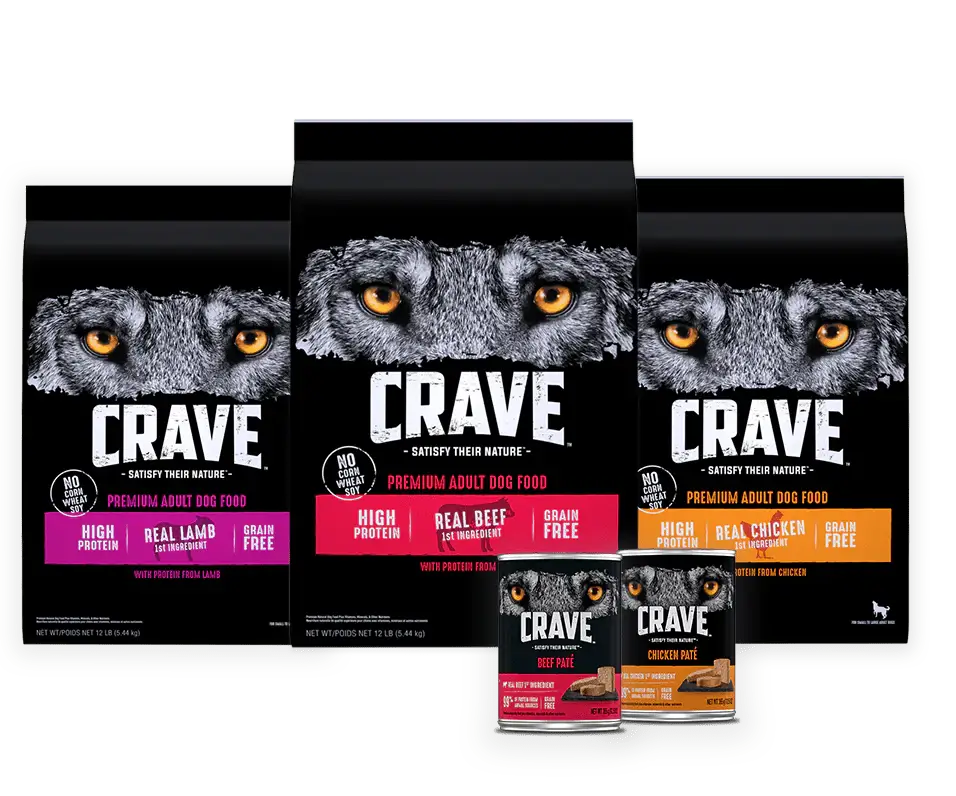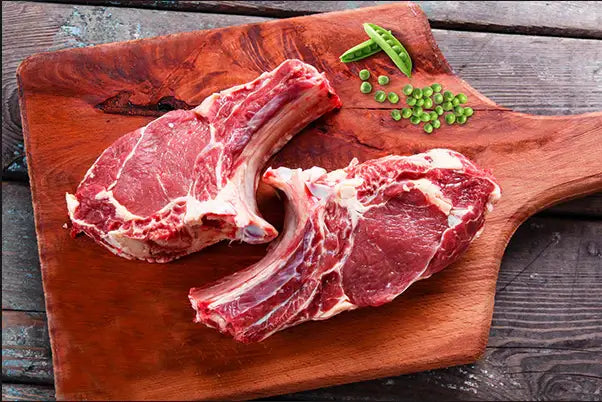Decoding Cat Food Labels
Just as you read the nutrition labels on food packaging for your own food at the grocery store, you should be reading the nutrition information on cat food labels. While cat food labels may look more complex that your food in comparison, this guide will help you determine what the best healthy cat food option is for your pet.
Ingredients List on Cat Food Labels
For human food, ingredients on the labels are arranged in descending order according to the percentage of weight they account for in the product; for example, if the first 3 ingredients in cornbread are corn flour, milk and fresh corn, you know that there is generally more corn flour than milk and more milk than fresh corn. The same is true for the nutrition information on cat food labels. If the first ingredient is chicken you know that a significant portion of the food consists of chicken. When you're shopping for healthy cat food, look for foods with animal proteins; like salmon and chicken—just like the foods their ancestors ate. This way, you know you're getting wholesome, high quality cat food that will include the proteins and amino acids your cat needs to stay healthy.
Guaranteed Analysis on Cat Food Labels
The guaranteed analysis chart lists the minimum and/or maximum percentage of nutrients in a food, such as protein, fat, fiber and moisture. The guaranteed analysis for dry food and wet food will look different; this is because the moisture content in the wet food is so much higher.
AAFCO Cat Food Nutrient Profiles
The Association of American Feed Control Officials (AAFCO) has published nutritional standards for pet food. There are two separate nutrient profiles — one for growing kittens/gestating-lactating mothers and one for adult maintenance. All CRAVE™ cat foods meet the nutritional levels established by the AAFCO Cat Food Nutrient Profiles for adult maintenance.





